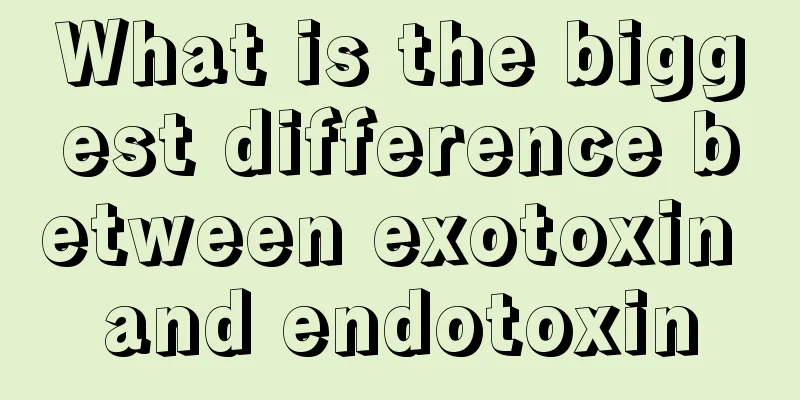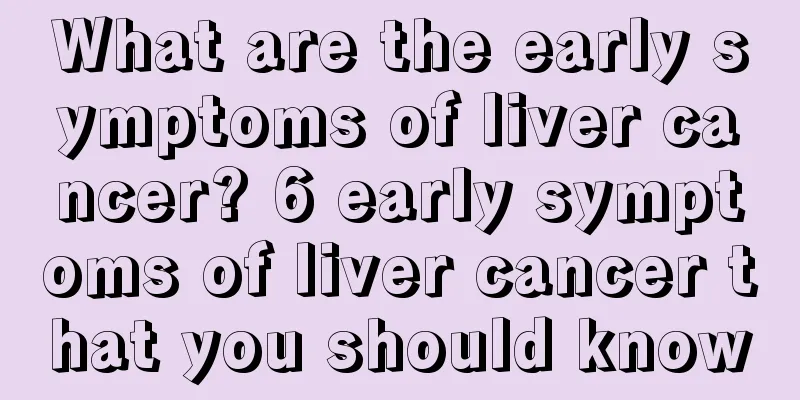What is the biggest difference between exotoxin and endotoxin

|
The biggest difference between exotoxins and endotoxins lies in their different states and different needs. Exotoxins are a kind of bacterial semi-substance secreted during the metabolism of pathogens, while endotoxins are on the inside of the human body and will decompose into human organs, causing damage to multiple organs. Regarding exotoxins and endotoxins, there are great differences in the pathogens, symptoms, and types of diseases. Exotoxins and endotoxins are two major types of toxins produced by bacteria. Exotoxins are substances secreted outside the body by pathogens during their metabolism. The bacteria that produce exotoxins are mainly some Gram-positive bacteria, such as Staphylococcus aureus, Corynebacterium diphtheriae, and Corynebacterium tetanus. A few Gram-negative bacteria, such as Vibrio cholerae and toxigenic Escherichia coli, can also produce exotoxins. We inoculate the bacteria that produce exotoxin into liquid culture medium for cultivation, and then filter out the bacteria in the culture medium to obtain the exotoxin. The chemical components of exotoxins are proteins. The toxicity is extremely unstable, sensitive to heat and certain chemicals, and easily destroyed. Its toxicity completely disappears when treated with 3% to 4% formaldehyde solution. Exotoxins are highly antigenic and can stimulate the body to produce antitoxins. The exotoxin is very toxic. For example, 1 mg of purified botulinum toxin can kill 20 million mice. The minimum lethal dose for humans is 0.1 micrograms. Its toxicity is 10,000 times stronger than potassium cyanide. The exotoxins produced by bacteria are highly selective in their toxic effects on tissues, each causing specific clinical symptoms. For example, the diphtheria exotoxin produced by Corynebacterium diphtheriae can inhibit the synthesis of human cell proteins, causing cell degeneration and death, leading to myocarditis, adrenal hemorrhage and nerve paralysis; the tetanus exotoxin produced by Corynebacterium tetanus acts on the spinal cord and brain, causing muscle spasms and rigidity; the enterotoxin produced by Corynebacterium cholerae acts on the small intestinal mucosa, enhancing the secretory function of mucosal cells and causing severe vomiting and diarrhea. Endotoxin is a component of the cell wall of Gram-negative bacteria. It cannot be released when the bacteria are alive. It is only released when the cell dies and dissolves or when the bacteria are destroyed by artificial methods. Therefore, it is called endotoxin. Endotoxin is usually prepared by ultrasonic treatment of bacteria or repeated freezing and thawing of bacteria. The chemical composition of endotoxin is relatively complex; it is a complex of phosphate, polysaccharide and protein. The main component is lipopolysaccharide. Its properties are relatively stable, heat-resistant, less toxic than exotoxins, and its effects are not selective for tissues and organs. The symptoms caused by endotoxins produced by different pathogens are roughly the same, and can all cause increased body temperature, diarrhea, hemorrhagic shock and other tissue damage. |
<<: What tests are needed for gastrointestinal bloating
>>: What is the reason for stomach reflux like burping
Recommend
Prominent manifestations of cervical cancer also include urinary irritation
The prominent manifestations of cervical cancer a...
How to better prevent brain cancer
How can we better prevent brain cancer? Brain can...
How to effectively prevent trachoma among primary and secondary school students
Knowledge about trachoma: It is an inflammatory r...
Eating more vegetables can prevent the occurrence of cardia cancer
Clinically, most patients with cardiac cancer are...
Three groups at high risk of prostate cancer
Prostate cancer (PCa) is the second most common m...
Ranking of hospitals that treat lung cancer with traditional Chinese medicine
What is the ranking of the best hospitals for lun...
What sanitary napkin is good?
There are two main types of sanitary napkins: tam...
What are the symptoms of kidney problems? Observe from hair color
In life, many people pay attention to the regulat...
Can ovarian tumors be completely cured?
Can ovarian tumors be completely cured? Many pati...
How long can a teenager live with bone cancer
How long can teenagers live with bone cancer? Thi...
Can renal hamartoma be dissolved by taking Chinese medicine?
Renal hamartoma is a benign tumor that usually do...
Why is the fish meat red?
Fish is one of the meats we often eat in our live...
Why does the water from the water heater have a bad smell?
Most households now have water heaters installed,...
How to remove stains from clothes
Stains are quite common on clothes, especially fo...
Tips for washing slippers
Tips for washing slippers Slippers are a kind of ...









